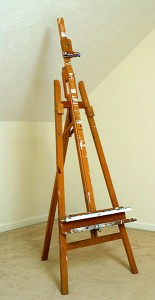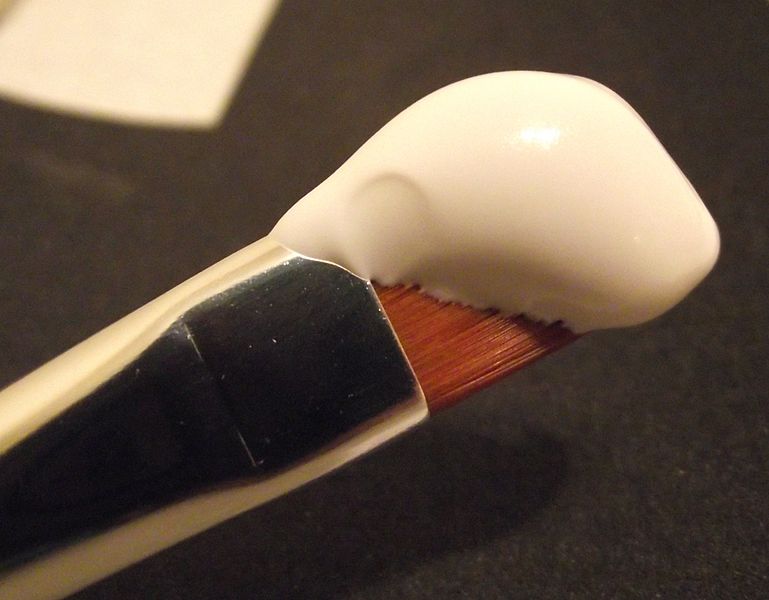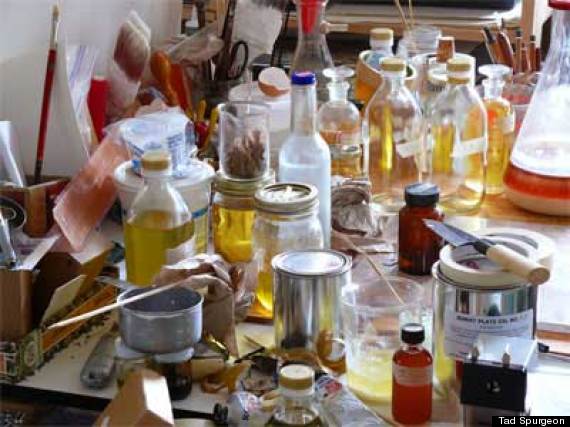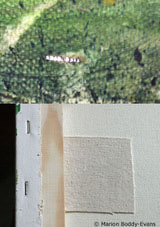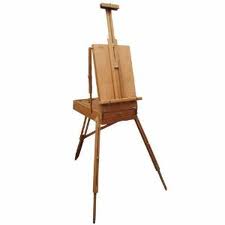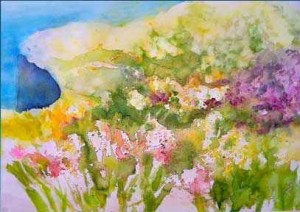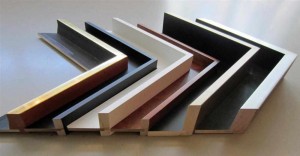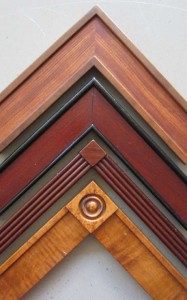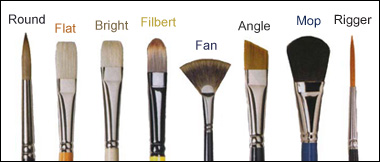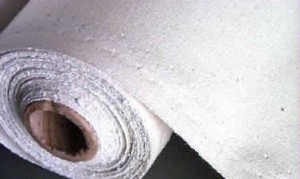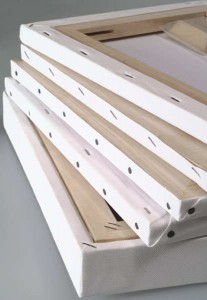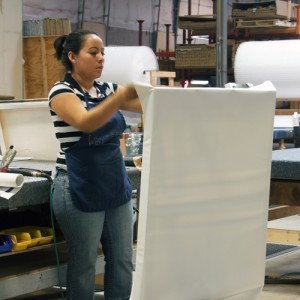Painting Knife vs. Palette Knife: What’s the Difference?
Many people are confused between a painting knife and a palette knife. They look similar and are used in painting on canvas. So, what’s the difference between these two painting tools?
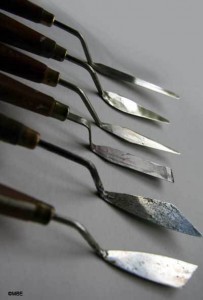
Painting Knife
About.com defines a painting knife as “a springy, shaped, metal spatula used for painting instead of a brush.” A painting knife is a tool used to apply paint which is made of metal with a wooden handle. It has a crank or a bend on the handle, similar to the shape of a trowel, that helps keep your knuckles from touching the paint you’re applying. Eventhough it’s called a knife, a painting knife has blunt edges and is not used for cutting or slicing. Painting knives are available in different sizes and angular shapes: triangular, pear-shaped, rectangular, or diamond-like.
How to buy a painting knife
When buying a painting knife, choose the one with a flexible blade, one which has a good spring to it. The handle should be smooth, has a nice grip, and comfortable to hold. Make sure that the handle and the blade are firmly attached to avoid wasting paint or accidents.
How to use a painting knife
Using a painting knife is easy, just like spreading butter on sliced bread. Get some paint from your palette and spread the paint on the canvas. You can use both sides of the painting knife.
How to clean a painting knife
After using a painting knife, use a clean cloth to wipe off the paint. Use another cloth to completely clean the tool. If the paint has already dried, scrape off the paint using a blunt knife and a damp cloth. A painting knife with a stainless steel blade is more forgiving if you forgot to clean it immediately after painting. However, if the blade is made of steel, it is prone to rust if neglected.

Palette Knife
A palette knife is a blunt tool shaped like a spatula which is used in mixing paint colors, mediums, additives, etc. and scraping paint off the palette. It has a longer, straight blade with a rounded tip, unlike a painting knife which has angular shapes. A palette knife is made of metal, plastic, or wood.
How to buy a palette knife
Choose a palette knife with a metal blade and wood handle. As much as possible, avoid a plastic palette knife since it breaks easily. It may be inexpensive than a professional palette knife, but if you are planning to use this tool for a long time, go with the metal one which is sturdier and can effectively do the work.
How to use a palette knife
Put the paint colors or pigments on your palette. With a palette knife, get a little paint from the colors that you want to blend. Dab, flatten, and mix the colors together. If you are adding another color to the blended paints, clean the palette knife first using a cloth before getting the third paint color.
How to clean a palette knife
Cleaning a palette knife is similar to a painting knife. Use a damp cloth to remove the paint from the palette knife.
Image sources:
www.about.com
www.wikipedia.org
